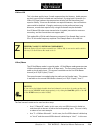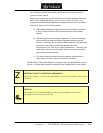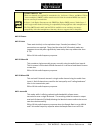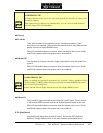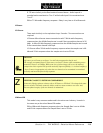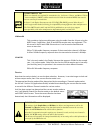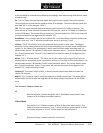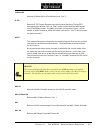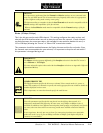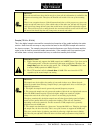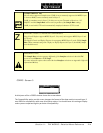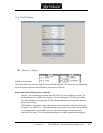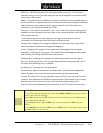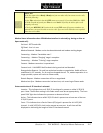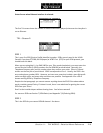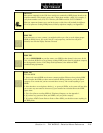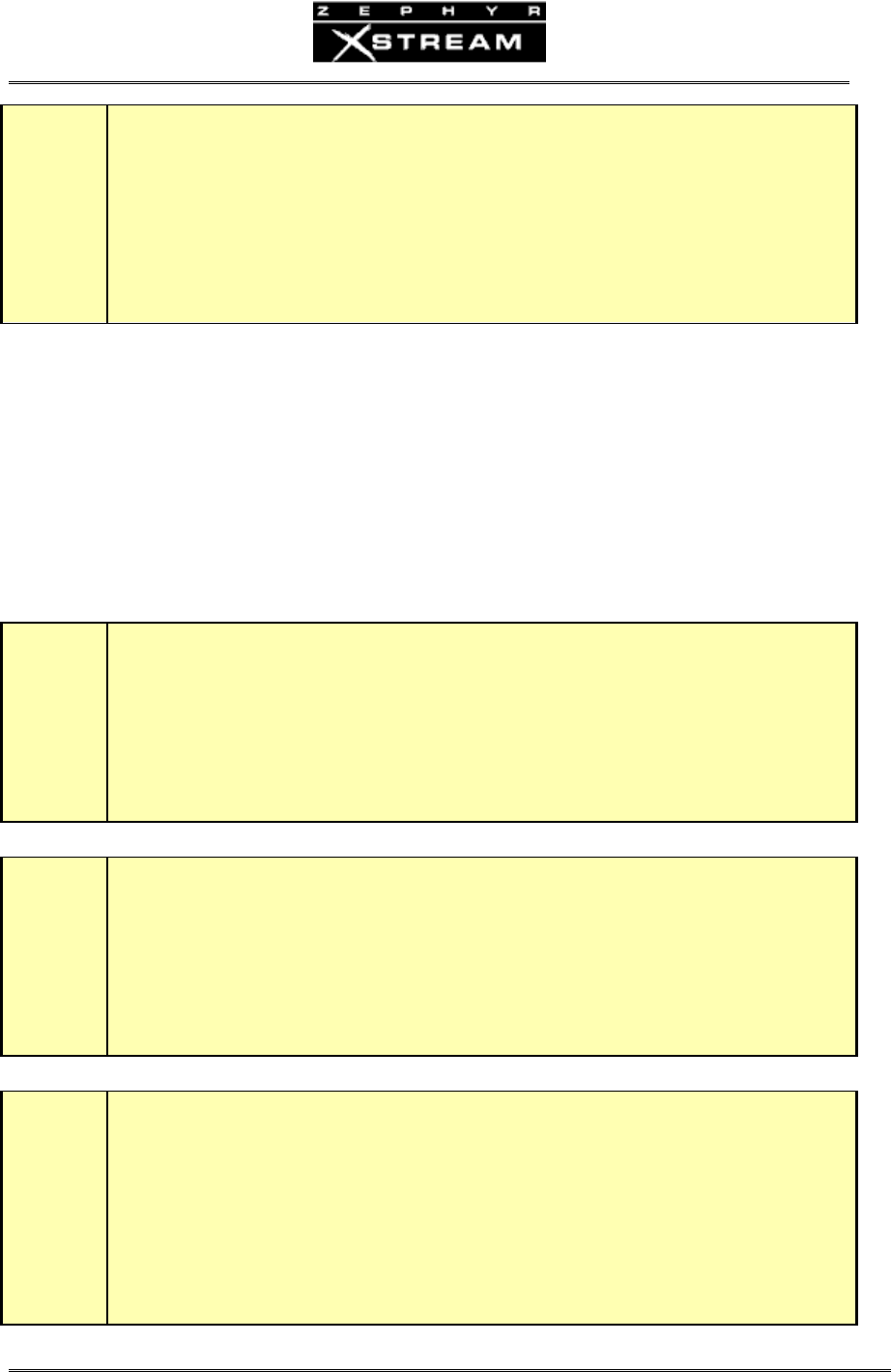
USER’S MANUAL
Section 11: THE WORKS – Detailed Menu Reference 212
h
HOT TIP!
It is important to understand that the Transmit and Receive settings on two connected units
may very well NOT match. This is because there are frequently times when it is appropriate
to use a different coding mode coming versus going.
The important thing to remember is that the local Transmit mode must be compatible with the
Receive settings and capabilities of the far end unit.
Whereas the local Receive mode must be compatible with the Transmit settings of the far
end unit.
Bitrate: (56 kbps; 64 kbps)
ThisisthebitrateusedoneachISDNchannel.Thissettingconfiguresthecodecsection,and
alsotellstheISDNinterfacewhatratecalltoplacethecalloverthenetwork.Ifbothchannels
aredialedbetweenthesametwocodecs,theavailablebitratewouldbedoublethisrate(i.
e.
112or128kbps)allowingthe“Stereo”or“Mono128”transmissionmodes.
ThisparametershouldbematchedbetweentheZephyrXstreamandthefarendcodec.Since
thenetworkmustaccommodatetherateselected,itisimportanttodropthecallandredialif
thisparameterischangedduringacall.
w
IMPORTANT!
The Bitrate selection operates differently if the Interface selection in the third Tel screen is
set to Ethernet or V.35 Single.
For more about this option when used with those Interface selections see Appendix 6 (Special
Operational Modes)
c
COMPATIBILITY TIP!
The Zephyr Xstream specifies the bit rate per channel. Since certain modes (i.e. stereo or
mono-128) require two channels to operate, the total (aggregate) bit rate would be double the
number displayed in these cases.
This is important, as some other brands specify the total bit rate.
i
ISDN TIP!
Since this parameter specifies the bit rate placed over the dial up data network, it is
important to understand the following: In some areas, only 56kbps or 64kbps service is
available. In addition, since different network paths (trunk groups) are frequently used for the
two rates, there are times where one rate may provide more reliable connections than the
other.
In our experience, the only sure way to know if a connection given between to particular
points will work is to try it, first at 64kbps, and then at 56kbps, if the higher rate fails to
connect (or is unreliable).



